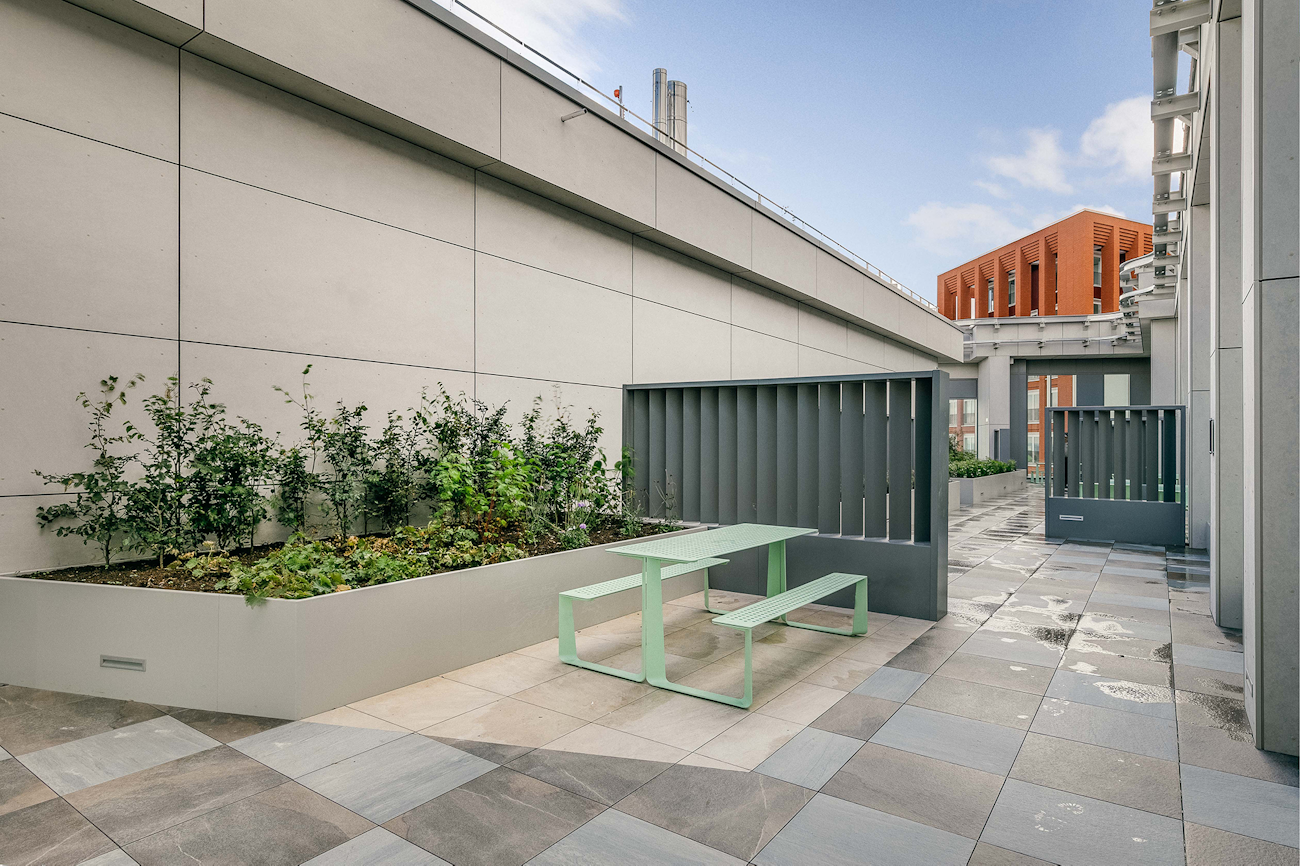5 Things to know about Class A Decking

5 Things to know about Class A Decking
If you are involved in the design, planning or installation of decking on the balconies or roof terraces of high-rise residential buildings, you need to be aware of the Building (Amendment) Regulations 2018 relating to fire safety.
These regulations were introduced following the disastrous fire that destroyed the Grenfell Tower, West London in 2017, with the loss of 72 lives. investigations after the fire pinpointed the fact that the original non-combustible exterior cladding of the building was replaced by a cheaper, combustible alternative during a subsequent renovation, and this caused the fire to spread rapidly.
The regulations, however, have been extended to all decking and terrace systems, which must be Class A fire-rated if the building is 18 metres high or more.
We would like to share five key points with you about Class A decking and terrace systems.
1. Safe doesn’t have to be boring
While real timber and timber-effect composite decking don’t have Class A fire-rating, there are plenty of attractive, creative deck surfaces for you to choose from.
Probably at the top of the style list are our Atria porcelain tiles and Farrino porcelain decking. These combine classic Italian flair with world-class extruded porcelain manufacturing to create a selection of elegant stone and woodgrain-effect finishes.
2. Class A subframes can be installed easily and precisely
Our fire-safe terrace system features Class A fire-rated, extruded Aluminium Joists, and being lightweight, they are easily transported to site and bolted together, yet create a dimensionally stable platform that is equal to the load-bearing requirements even of heavy footfall areas in commercial buildings.
Fire-rated Adjustable Pedestals are also Class A fire-rated. They enable fitters to adjust the platform quickly and accurately so it is uniformly stable and level without using additional shims or packers – bear in mind that not all packers used in the construction industry will be Class A compliant!
Porcelain tiles also have a higher strength-to-weight ratio than natural stone and higher strength to thickness ratio than timber.
3. Fire-resistant may not be enough
Products that are described as fire-resistant may still not comply with regulations, as once temperatures or exposure to flames exceed their level of resistance, they could potentially ignite and contribute to the spread of the fire.
While these materials are not as hazardous as those with a higher level of combustibility, they can still hamper escape routes and access for firefighters, so they are not permitted under the regulations.
4. Good slip-resistance is key to safety
It isn’t just the British climate that makes good slip resistance a key factor in choosing your decking surface. In the event of a fire, high volumes of water or foam can quickly make surfaces extremely dangerous. This hazard is worsened by large numbers of people wanting to quickly exit a building.
Atria porcelain tiles feature a surface that offers high slip-resistance in wet conditions, whatever the reason.
5. Aluminium and porcelain are green choices
Sustainability and minimal environmental impact are key factors of modern architectural design, and Raaft products tick all the boxes here.
The Raaft Terrace System is made from aluminium. This metal is easily recycled, using only 5% of the energy needed to make aluminium from ore. Its high value also means it is more likely to be salvaged for resale than sent to landfills.
With its durability and high resistance to corrosion, aluminium also offers a longer product lifespan than many other materials, with no regular surface recoating needed to prolong its useful life.
Porcelain is a highly durable material that also requires no surface retreatment to prolong its life, nor does it need to be replaced as frequently as products such as timber – which is prone to rotting, warping and splintering – or natural stone, which is more brittle.
